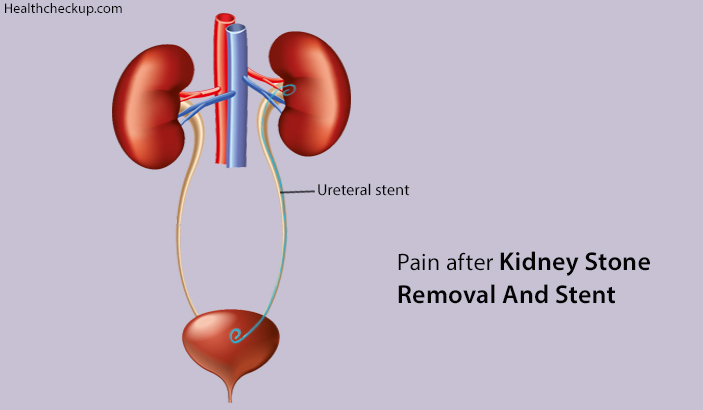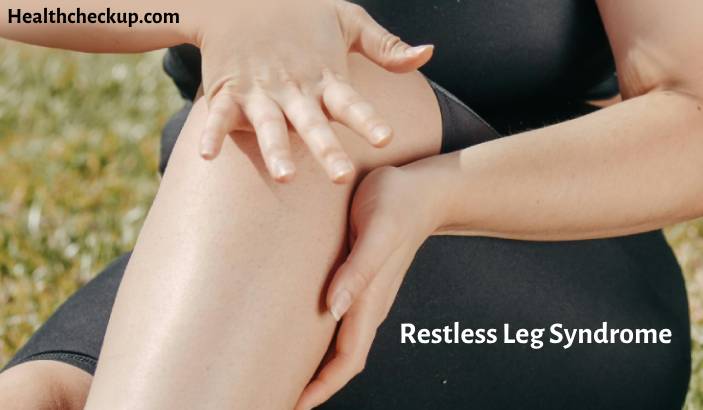Kidney stones is the most commonly encountered clinical conditions. According to research, kidney stones are found commonly among men at the age of about 30 years and in women at the age group of 35 and 55years. The probability for recurrence of kidney stones is approximately 50%.
Risk Factors for Having Kidney Stones are:
- Family history of kidney stones
- Surgical menopause
- History of hypertension, gout and hyper-parathyroidism
- Low dietary intake of magnesium and calcium in post-menopausal women
- Anatomical abnormality of urinary tract leading to urinary stasis.
- Vitamin A deficiency
- Hot climate
- Immobilization
Nearly 90% ureteric stones up to 5 mm size pass spontaneously. About 50% of stones between 5-10 mm size pass following conservative.
If the stone does not pass, it can cause extreme pain and threaten obstruction to flow of urine and infection, then surgical removal of stone is the definite treatment.
What is A Kidney Stent?
After kidney stone removal, a soft and thin tube-like stent with J-shaped endings is placed extending from the kidney to your urinary bladder. That is why it is called a double-J stent (DJ stent).
The J-shape of the endings of stent helps to prevent displacement and also ensures unobstructed passage of urine into the bladder.
This stent is supposed to be removed by 3 months duration by undergoing a minor cystoscopy procedure.
The stents are made of pellethane or blended polymers of polyutherane
Pain after Kidney Stone Removal and Stent Causes:
Every person’s body reacts differently to presence of stent in the kidney after kidney stone removal. The stent is generally well tolerated by patients.
However, some patients may experience mild abdominal discomfort and urinary irregularities due to the stent. According to patient studies, nearly 80% patients experience stent-related symptoms.
The possible reasons behind discomfort and pain after kidney stone removal and stent placement are:
1. Stent displacement due to physical activity can cause abdominal pain and discomfort and mild bleeding while urinating.
2. Mechanical stimulation of bladder coil (J-shaped coil of stent) causes bladder irritability. This causes increase in frequency of urination.
3. Urgency also occurs as a direct result of presence of stent.
4. Flank pain or abdominal pain occurs due to reflux of urine back to the kidneys. It can also occur due to encrustation of the stent.
5. Supra-pubic pain occurs due to irritation or infection of bladder.
Pain after Kidney Stone Removal and Stent Symptoms:
Signs and symptoms after kidney stone removal and stent also depend upon the duration for which the stent is allowed to be present inside the kidneys.
Signs and symptoms can therefore be differentiated into minor and major:
| Minor Symptoms | Major Symptoms |
|
|
When the patient urinates, he/ she may feel slight tugging or stretching in the back especially at the end of urination.
In persons who are skinny or overweight, the stent may get pushed over the adjacent nerves. Irritation of nerves can cause a burning-like pain or sensation in the back or thighs.
Pain after Kidney Stone Removal and Stent Treatment:
Renal colic or abdominal pain after kidney stone removal and stent can be managed with adequate fluid intake, analgesics along with anti-inflammatory and antibiotics to prevent urinary tract infection.
If the pain becomes unbearable or if the signs and symptoms become severe, the prompt treatment is to remove the stent in-situ.
Keeping the DJ stent inside the kidneys for long durations can create major complications like:
- Encrustation
- Stent fragmentation
- Migration of stent
- Serious complications resulting in death in case of forgotten stents for more than 6 months.
Since all stents are prone to degradation effects, especially if the urine is acidic, the ideal duration to remove or replace the stent is 2-4 months.
Home Remedies for Kidney Stone Removal and Stent:
Pain, abdominal discomfort and urinary troubles after kidney tone removal and stent can be reduced or avoided by following simple home remedies:
- Drink plenty of water to maintain adequate hydration. Plenty of fluids also enable to flush the bladder to try and maintain clear appearance of urine.
- Bladder cramps and spasm can be relieved by warm application or use of a hot water bag.
- Include vitamin C rich foods in diet like orange, tomatoes, dark green leafy vegetables. Vitamin C helps in enhancing recovery and also provides the necessary antioxidants to prevent infection.
- Include anti-inflammatory foods in diet like ginger, garlic and turmeric. These foods help in fighting infection naturally; thereby preventing pain after kidney stone removal and stent caused due to urinary tract infection.
- Over-the-counter medications for pain and spasm can be taken.
- Avoid extreme physical activity or over-lifting immediately after being discharged to home.
- Avoid straining too much to pass urine. Extreme physical activities and over-exertion can increase bleeding in urine.
Some Measures to Prevent Recurrent Kidney Stone Formation are:
- Keep a daily fluid intake of up to 2-3 liters.
- Reduce intake of animal proteins (less than 52 grams/ day) to regulate uric acid
- Restrict salt intake, especially in high risk individuals.
- Keep a normal calcium intake. Low calcium intake increases urinary oxalate excretion.
- Reduce food rich in oxalate like spinach, chocolates and nuts.
- Increase dietary citrate like lemon and oranges.
There are plenty of ways mentioned above to enhance the process of recovery and reduce the amount of discomfort and pain after kidney stone removal and stent.
Yet, you need to contact your doctor immediately if you experience unusual pain or fever not responding to medications and bleeding during urination.
Dr. Himanshi is a Homoeopathic consultant and currently working as a lecturer in Post-graduate faculty of Homeopathy, Parul University, Vadodara. Completed BHMS and MD in Homeopathy in January 2018 and also has a clinical experience of about 6 years. Personal interests include reading, spending time with family and traveling.








